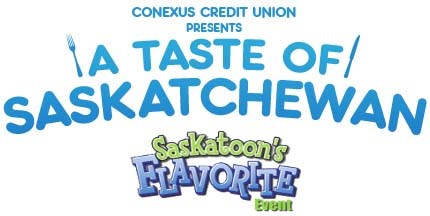When you live on the Canadian Prairies you tend to have a rather narrow view of what agriculture means here.
Alberta is thought of as the land of ranches and cattle.
Saskatchewan still holds onto the idea of С����Ƶ the bread basket of the world because of wheat.
And so on it has gone through the years.
Granted there has been some notable changes, canola blooming in fields across the entire Prairies С����Ƶ the prime example, but still the general view we have of what farmers here can, and do produce, is hardly as diverse as the reality of things.
Obviously farmers here can grow far more than wheat, canola and cattle, the problem is getting consumers here to make the extra effort to find what is available locally.
Certainly, there is growing interest in eating food produced closer to the kitchen table.
“The 100-Mile Diet: A Year of Local Eating (or Plenty: One Man, One Woman, and a Raucous Year of Eating Locally) is a non-fiction book written by Canadian writers Alisa Smith and J.B. MacKinnon. In the book, the authors recount their experiences, including motivations and challenges, on restricting their diet, for one year, to include only foods grown within 100 miles of their residence. Beginning in March 2005, with little preparation the urban couple began only purchasing foods with ingredients they knew were all from within 100 miles. Finding little in grocery stores, they relied on farmers’ markets and visits to local farms,” detailed Wikopedia.
The idea of the so-called 100-mile diet has caught on with some, primarily as a way to better ensure knowledge of what they are eating.
Building a relationship with market gardeners, u-pick fruit farms, and area livestock producers certainly enhances a better of understanding of the food we eat.
To help identify what is actually available in Saskatchewan at least, Farm & Food Care Saskatchewan held a celebration of Saskatchewan-grown food at A Taste of Saskatchewan July 14-19, in Saskatoon.
“In conjunction with this event, Farm & Food Care Saskatchewan has launched #loveSASKfood to encourage foodies to show their appreciation for home-grown food by tweeting or posting pictures to Instagram,” detailed a release on the event.
A new website, loveSASKfood.org has also been created as a resource for consumers. On the site, you will find delicious recipes, profiles and videos of real Saskatchewan farmers, as well as information on upcoming food-related events.
“We’re proud of the quality food that we produce in Saskatchewan,” stated Adele Buettner, CEO of Farm & Food Care Saskatchewan in the release. “From beef to chicken, eggs, pork, milk, wheat, canola, pulses, barley, flax and much, much more, Saskatchewan farmers are diligent in their efforts to produce the best possible foods for consumers to eat. What farmers grow in Saskatchewan is exported all over the world. loveSASKfood is our way of inviting consumers to engage in conversations about food and farming in Saskatchewan - and celebrate the incredible array of food produced right here at home.”
It is an intriguing experience when you take some time to search out what is available in the province, and across the Prairies.
There are small enterprises creating fantastic smoked meats, others creating jams, jellies, syrups and even wines from Prairie-produced fruits, gourmet mustards, and flavoured teas to mention only some.
There is little doubt we could all add far more locally-produced food to our weekly food fare, and if demand was there farmers would diversify quickly to meet evolving demands.
The issue is consumers and farmers making the connections.
Consumers have become increasingly tied to big grocery stores who often do not deal with local producers because they cannot ensure the day-to-day supply big groceries require. That means consumers wanting local food have to look outside the big box store more.
Farmers need to find ways to increase their profile too, social media and local advertising of course С����Ƶ important.
The bottom line is that Prairie farmers could produce more for our tables if we made eating locally produced food a priority as consumers. It would be a win/win for both.
Calvin Daniels is Assistant Editor with Yorkton This Week.




